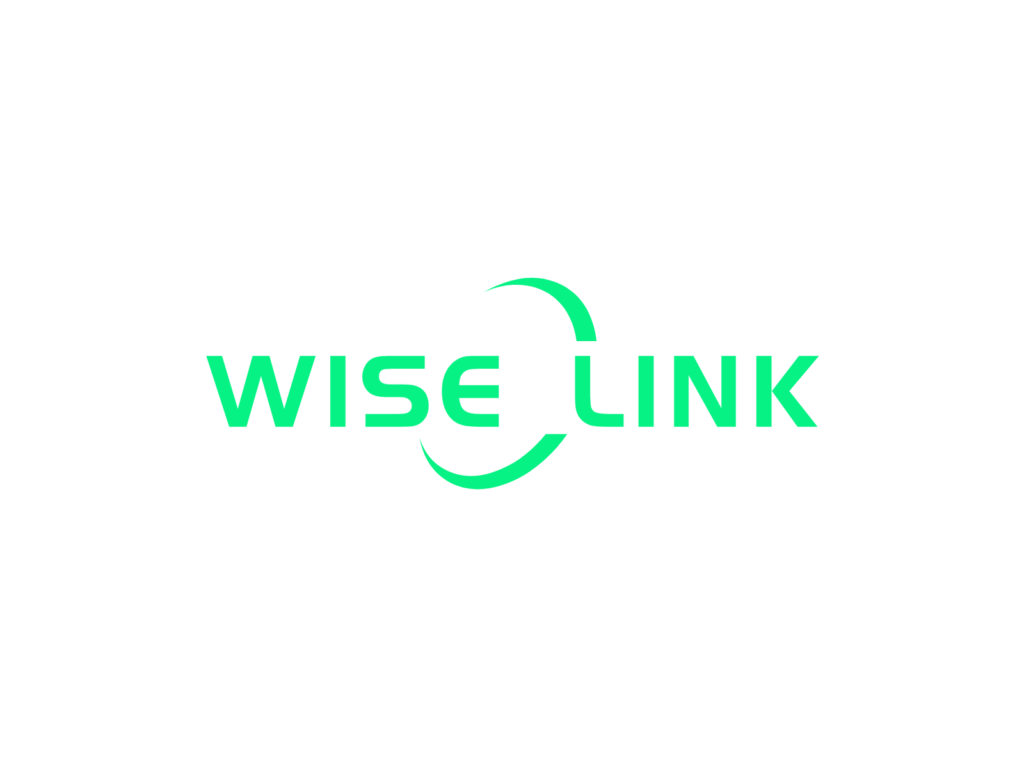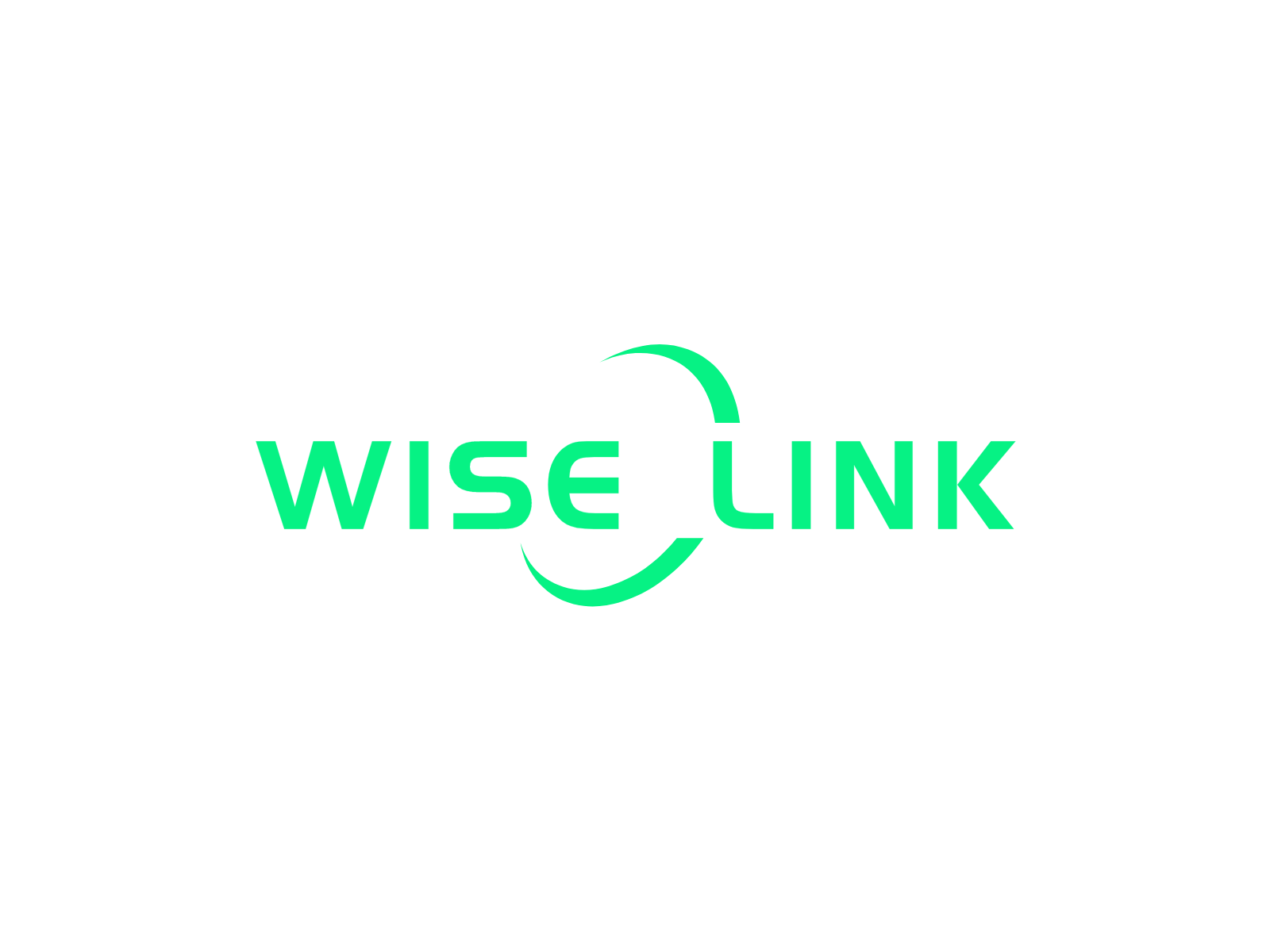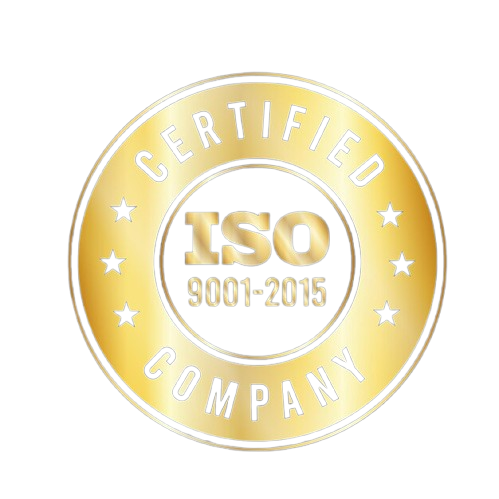Streamlining Cleanroom Design for Pharmaceutical Manufacturing
Cleanroom design in pharmaceutical manufacturing requires adherence to strict ISO cleanroom standards and compliance protocols to ensure product safety, regulatory compliance, and contamination control. In an industry where product quality directly impacts patient health, cleanrooms must be designed to support stringent cleanliness and safety requirements. ISO standards, particularly ISO 14644, provide a framework for cleanroom classifications and contamination control, outlining requirements for air quality, filtration, airflow, and other environmental factors that directly influence manufacturing outcomes.
Wise Link specializes in developing streamlined cleanroom solutions tailored for the pharmaceutical industry. By integrating modular design, energy-efficient systems, and automated monitoring, Wise Link supports pharmaceutical clients in achieving ISO compliance while enhancing operational efficiency. This guide examines the critical aspects of cleanroom design for pharmaceutical manufacturing, including key standards, design principles, and innovative approaches that streamline compliance and support high-performance operations.
1. ISO Cleanroom Standards in Pharmaceutical Manufacturing
ISO cleanroom standards, particularly ISO 14644, specify requirements for contamination control in cleanroom environments. These standards categorize cleanrooms into classes based on the allowable concentration of airborne particles, guiding the design, operation, and maintenance of cleanrooms to ensure the required level of cleanliness.
Key ISO Standards:
- ISO 14644-1: Defines cleanroom classifications by particle concentration, from ISO Class 1 (most stringent) to ISO Class 9. Pharmaceutical manufacturing typically requires cleanrooms classified between ISO Class 5 and ISO Class 8.
- ISO 14644-2: Provides guidelines for testing and monitoring cleanrooms to ensure they continue meeting their designated ISO classification.
- ISO 14644-3: Specifies testing methods, including particle counting, airflow measurement, and filter integrity testing, essential for verifying compliance.
Wise Link’s Compliance Solutions: Our cleanroom designs adhere to ISO standards, ensuring that our clients meet both regulatory and industry-specific cleanliness requirements essential to pharmaceutical production.
2. Key Elements of Cleanroom Design for ISO Compliance
Streamlined cleanroom design in the pharmaceutical industry requires focusing on essential elements such as airflow control, filtration, material selection, and facility layout. Effective design not only supports ISO compliance but also enhances operational efficiency and reduces contamination risks.
Airflow and HVAC Systems
A well-designed HVAC system is crucial for maintaining controlled airflow, temperature, humidity, and pressure within the cleanroom. Pharmaceuticals often require ISO Class 5 or ISO Class 6 environments, necessitating highly controlled airflow patterns and frequent air changes.
- Laminar Airflow: Cleanrooms designed for pharmaceutical manufacturing often utilize laminar (unidirectional) airflow to ensure that contaminants are constantly removed from critical areas.
- Positive Pressure Control: Positive pressure within cleanrooms prevents contaminants from entering, especially in areas where sterile production is critical.
- Variable Air Volume (VAV) Systems: VAV systems adjust airflow based on real-time contamination levels, supporting energy efficiency and maintaining compliance without unnecessary air changes.
HEPA and ULPA Filtration
HEPA (High-Efficiency Particulate Air) and ULPA (Ultra-Low Particulate Air) filters are essential for capturing airborne contaminants in pharmaceutical cleanrooms. HEPA filters are generally used in ISO Class 5 and Class 6 cleanrooms, while ULPA filters may be required for more stringent environments.
- High-Efficiency Filtration: HEPA filters remove 99.97% of particles down to 0.3 microns, while ULPA filters capture 99.9995% of particles as small as 0.12 microns.
- Low-Resistance Filters: Filters with low resistance minimize the workload on HVAC systems, enhancing both performance and energy efficiency.
Wise Link’s Filtration Expertise: We incorporate high-quality HEPA and ULPA filtration systems in our designs, ensuring pharmaceutical clients meet ISO requirements for air quality while reducing operational costs.
3. Materials and Layout for Contamination Control
Material selection and layout play a significant role in cleanroom performance and ease of compliance. The materials used in pharmaceutical cleanrooms should be durable, non-shedding, and easy to clean, while the layout should facilitate efficient workflow and contamination control.
Non-Shedding, Easy-to-Clean Materials
The walls, floors, and ceilings of pharmaceutical cleanrooms must be constructed from non-shedding materials that can withstand frequent cleaning with chemical disinfectants.
- Stainless Steel and Coated Aluminum: Commonly used for walls and surfaces due to their durability and resistance to corrosion.
- Epoxy Resin Flooring: Provides a seamless, non-porous surface that prevents particles from accumulating and is easy to clean.
- Low-VOC (Volatile Organic Compounds) Materials: Low-VOC materials improve air quality within the cleanroom by reducing chemical emissions.
Efficient Layout and Workflow
The layout of pharmaceutical cleanrooms should support an efficient, contamination-controlled workflow, minimizing personnel movement and contact with surfaces.
- Airlocks and Gowning Rooms: Create transition zones to limit contamination from entering critical production areas.
- Separation of Critical Zones: Designated areas for sterile processes help control contamination and maintain ISO standards.
- Pass-Through Chambers: Enable the safe transfer of materials without interrupting air quality in critical zones.
Wise Link’s Custom Layouts: Our designs incorporate strategic layouts and high-quality materials to support contamination control and streamline operations in pharmaceutical cleanrooms.
4. Smart Technologies for Monitoring and Compliance
Smart technologies, such as IoT sensors and data analytics, enhance cleanroom performance by providing real-time monitoring and automation. These tools are invaluable for ensuring that cleanrooms continuously meet ISO standards, alerting operators to potential compliance issues before they impact production.
Real-Time Monitoring Systems
Smart sensors monitor environmental conditions, such as particle counts, temperature, humidity, and pressure, providing real-time data on air quality and cleanliness.
- Continuous Particle Monitoring: Sensors track airborne particle concentration, ensuring compliance with ISO classifications and alerting operators if particle levels rise.
- Automated Adjustments: HVAC systems can automatically adjust airflow, pressure, or temperature to maintain ISO compliance based on real-time sensor data.
Predictive Maintenance and Data Analytics
Predictive maintenance uses data analytics to detect signs of wear or potential equipment issues, preventing unexpected breakdowns and minimizing downtime.
- Maintenance Alerts: Data from monitoring systems can identify when filters or HVAC components require maintenance, ensuring continuous compliance.
- Energy Efficiency Insights: Analytics reveal opportunities for energy savings, optimizing HVAC and filtration systems to reduce operating costs.
Wise Link’s Smart Solutions: We integrate smart monitoring and predictive maintenance systems into our cleanroom designs, helping clients maintain consistent compliance while optimizing resource use.
5. Streamlining Energy Efficiency in Pharmaceutical Cleanrooms
Cleanrooms in pharmaceutical manufacturing are energy-intensive, especially when achieving higher ISO classifications. Integrating energy-efficient systems not only supports sustainability goals but also reduces operational costs. By incorporating smart technologies, efficient HVAC systems, and LED lighting, cleanrooms can operate with lower energy demands while still meeting ISO standards.
Energy-Efficient HVAC and Lighting Systems
Energy-efficient HVAC systems are critical for cleanrooms, which require high air change rates to meet cleanliness standards. Technologies like Variable Air Volume (VAV) and Energy Recovery Ventilation (ERV) allow HVAC systems to reduce energy use without compromising performance.
- VAV for Controlled Airflow: Adjusts airflow based on contamination levels, ensuring cleanroom standards are met with minimal energy use.
- ERV for Heat Recovery: Recovers energy from exhaust air to pre-condition incoming air, reducing the energy load on HVAC systems.
LED Lighting and Automated Controls
LED lighting consumes significantly less energy than traditional lighting and has a longer lifespan, reducing maintenance needs. Automated lighting controls further reduce energy consumption by adjusting light levels based on occupancy or task requirements.
Wise Link’s Energy Solutions: Our cleanrooms incorporate energy-efficient HVAC and LED lighting systems with automated controls, helping clients reduce costs and environmental impact while meeting compliance requirements.
Conclusion: Streamlining Cleanroom Design for Efficiency and Compliance in Pharmaceutical Manufacturing
Achieving ISO cleanroom standards is essential for pharmaceutical manufacturing, where contamination control, product integrity, and regulatory compliance are paramount. By focusing on airflow, filtration, material selection, layout, and smart monitoring, cleanroom design can support high performance and sustainable operations. Leveraging advancements in technology and smart systems, Wise Link helps clients streamline cleanroom design to enhance efficiency, reduce energy consumption, and ensure regulatory compliance.
At Wise Link, we are dedicated to delivering cleanroom solutions that meet the highest standards of contamination control and operational efficiency. Contact Wise Link today to learn more about how our streamlined cleanroom designs can support your pharmaceutical manufacturing needs, ensuring both ISO compliance and optimized performance.



